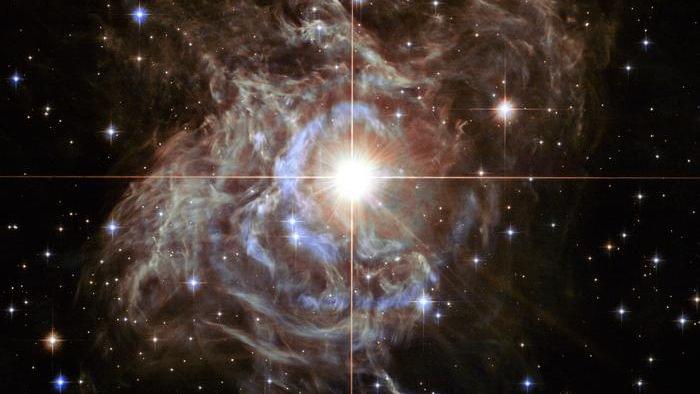Jun 18, 2024
Recent and Extensive Volcanism discovered on Venus
Posted by Natalie Chan in categories: mapping, space
A new analysis of data collected on Venus more than 30 years ago suggests the planet may currently be volcanically active.
A research group from Italy led by David Sulcanese of the Università d’Annunzio in Pescara, Italy, has used data from a radar mapping of Venus’s surface taken in the early 1990s to search for volcanic lava flow, finding it in two regions.
The discovery suggests that volcanic activity may be currently active and more widespread than was previously thought, supporting previous indirect evidence that there is volcanic activity on Venus.


















